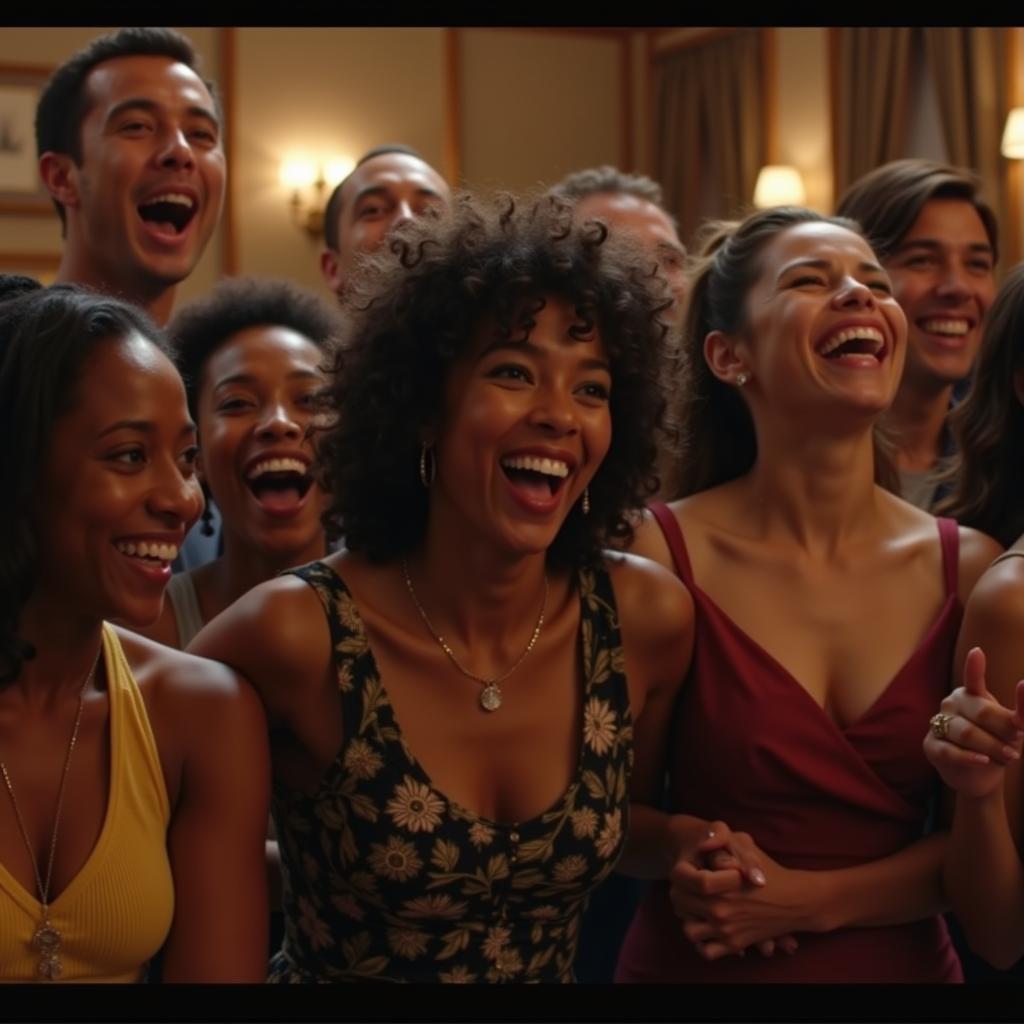From the Hays Code era of veiled innuendos to today’s increasingly nuanced portrayals, the depiction of sex in movies has always been a fascinating reflection of societal norms and evolving attitudes. This exploration delves into the intricate relationship between cinematic portrayals of intimacy and the cultural landscape they both shape and are shaped by.
A Historical Lens: From Censorship to Liberation
 Movie poster from the Hays Code era
Movie poster from the Hays Code era
Early cinema, particularly in Hollywood, operated under strict censorship codes, like the infamous Hays Code, which dictated a highly sanitized portrayal of intimacy. Physical contact was minimal, often implied rather than shown, and any suggestion of “immorality” was strictly forbidden. Films like “Casablanca” (1942), considered groundbreaking for their time, navigated these limitations to convey romantic tension through subtle gestures and dialogue.
The sexual revolution of the 1960s and 70s ushered in a wave of change, challenging conventional morality and paving the way for more explicit content on screen. Films like “Midnight Cowboy” (1969) and “Last Tango in Paris” (1972) broke taboos, depicting sexuality with a rawness and honesty that shocked and captivated audiences.
Beyond the Act: Exploring the Nuances of Intimacy
 Still from a contemporary film depicting a nuanced portrayal of intimacy
Still from a contemporary film depicting a nuanced portrayal of intimacy
Contemporary cinema has moved beyond mere depictions of the physical act, delving into the emotional and psychological complexities of intimacy. Films like “Call Me by Your Name” (2017) and “Moonlight” (2016) explore themes of desire, identity, and vulnerability with sensitivity and authenticity. These movies highlight the power of intimacy to reveal character, drive narratives, and spark important conversations about relationships, consent, and diverse sexual experiences.
The Influence of Genre: From Romantic Comedies to Erotic Thrillers
The portrayal of sex in movies is often intertwined with genre conventions. Romantic comedies often use humorous situations and witty banter to explore the awkwardness and excitement of budding relationships. Erotic thrillers, on the other hand, utilize sex as a tool for suspense, danger, and power dynamics.
The Future of Sex on Screen: Representation, Inclusivity, and Beyond
 A diverse cast of characters celebrating
A diverse cast of characters celebrating
As society continues to evolve, so too will the portrayal of sex in movies. Contemporary cinema is increasingly embracing diverse narratives, showcasing LGBTQ+ relationships, exploring themes of consent and body positivity, and challenging traditional gender roles. This shift towards inclusivity and representation reflects a growing awareness and acceptance of the multifaceted nature of human sexuality.


